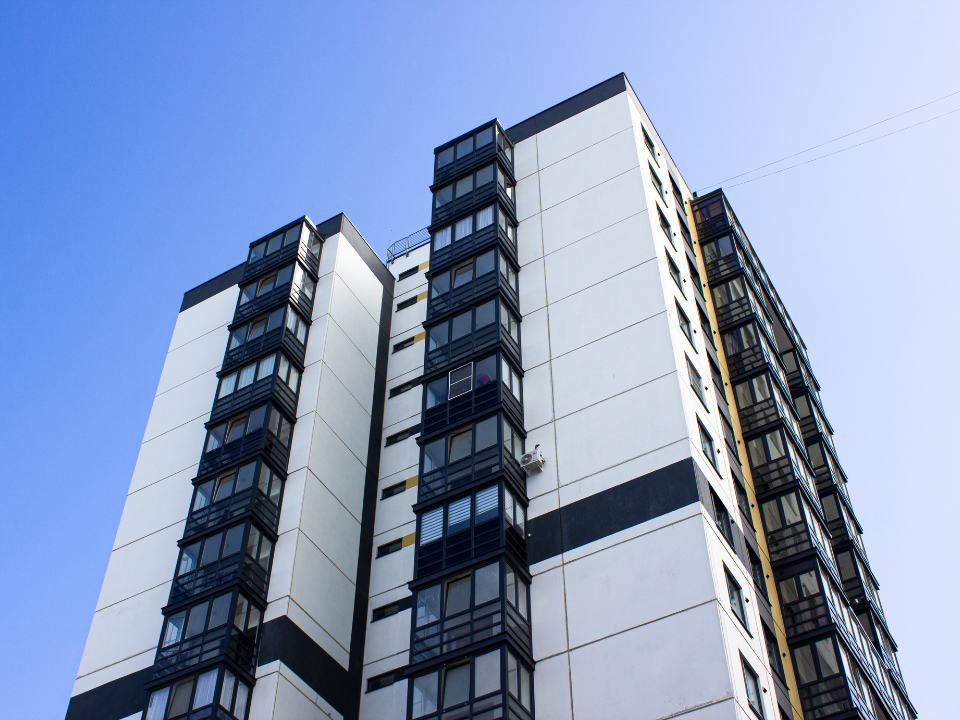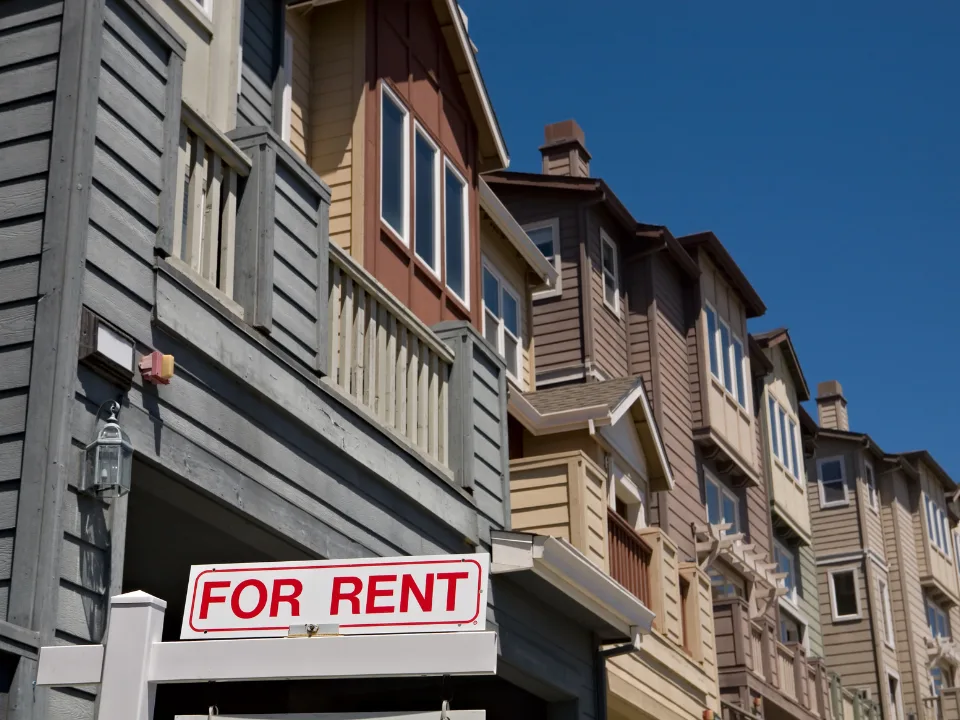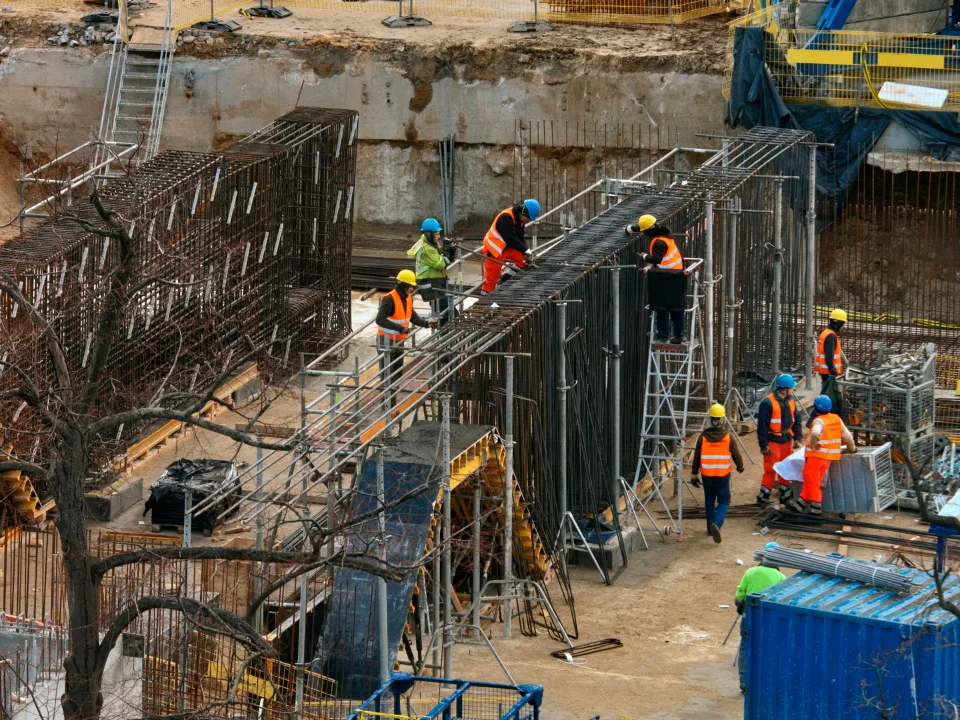- HUD released 2025 Fair Market Rents (FMR), effective October 1, 2024. The national average increase is 4%, significantly lower than the double-digit hikes of the past two years.
- FMRs are critical for determining rent levels for Housing Choice Vouchers (HCV), influencing income limits for LIHTC and TEB programs, and setting high HOME rents.
- Starting in 2025, 41 additional metropolitan areas will adopt small-area FMRs, allowing for more localized rent settings to help voucher holders move to areas with higher opportunities.
The U.S. Department of Housing and Urban Development (HUD) has released the Fair Market Rents (FMR) for fiscal year 2025, as reported in Novogradac.
By The Numbers
These FMRs, which become effective on October 1st, 2024, are essential for setting rents for various federal housing programs, including Housing Choice Vouchers (HCVs), Low-Income Housing Tax Credit (LIHTC) properties, and residential rental tax-exempt private activity bonds (TEBs).
The HUD update features an average FMR increase of 4%—a noticeable shift after consecutive years of double-digit increases.
Expanding Policy
In a significant policy shift, HUD is expanding the implementation of small area FMRs to 41 additional metropolitan areas. Unlike traditional FMRs, which are set on a county-wide basis, small area FMRs are determined at the ZIP code level.
This adjustment is intended to provide voucher holders with greater opportunities to relocate to areas with better access to jobs, schools, and amenities, thereby enhancing economic mobility.
Moderate Growth
For 2025, the average FMR increase was 5.2% in metropolitan areas and 3.2% in non-metropolitan areas. While the overall average was modest, several areas saw more significant hikes of over 20%.
Notably, Houston experienced a substantial increase of over 12%, continuing its trend of rapid rent growth. By contrast, Los Angeles saw an increase closer to the national average at just over 3%, while New York City reported a rare 6.25% decrease in FMRs.
For the second consecutive year, high-growth states like California, Florida, and Texas were not among the top 10 states with the largest average increases. Tennessee was the only state to feature in the top 10 largest increases for both 2024 and 2025.
Impact on Income
FMRs play a critical role in determining HUD’s income limits, particularly for calculating the very low income (VLI) limit used by LIHTC developments.
In high housing cost areas, HUD adjusts the income limits based on a formula that considers the two-bedroom FMR relative to the median income of the area.
For example, if the two-bedroom FMR is $1.75K, the calculated high housing cost adjustment would be $51K. If this exceeds 50% of the area median income, the VLI limit is adjusted upwards to match the calculation, subject to HUD’s caps and floors.
High Housing Costs
The average change in FMRs for areas subject to the high housing cost adjustment in 2024 was 5.58%. However, this does not necessarily mean a direct 5.58% increase in income limits for these areas in 2025.
Some may still be subject to HUD’s caps, limiting the growth of income limits to either 5% or twice the change in national median income, whichever is greater. This mechanism ensures that income limits do not rise too rapidly, protecting affordability for low-income tenants.
Why It Matters
The release of the 2025 FMRs has significant implications for both tenants and property owners in affordable housing programs.
By establishing the rent levels that HUD will subsidize, FMRs directly affect affordability for low-income families and influence the income eligibility requirements for LIHTC housing.
The expansion of small-area FMRs will also help provide more precise rental assistance, promoting access to higher-opportunity neighborhoods.
















